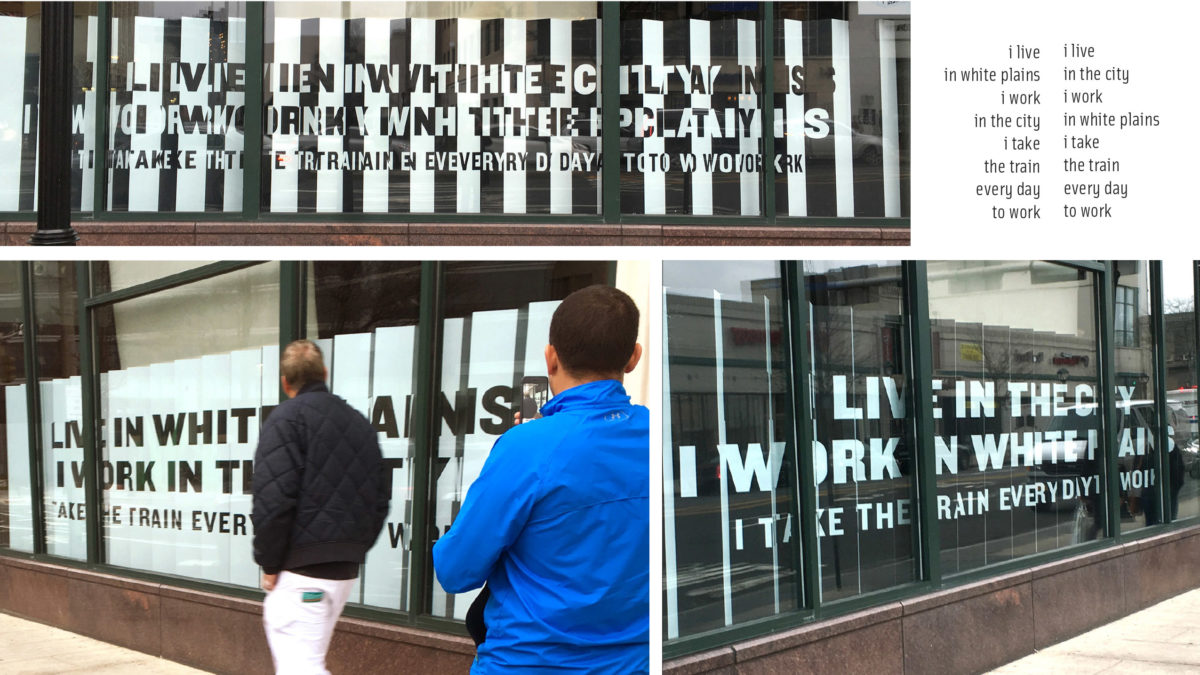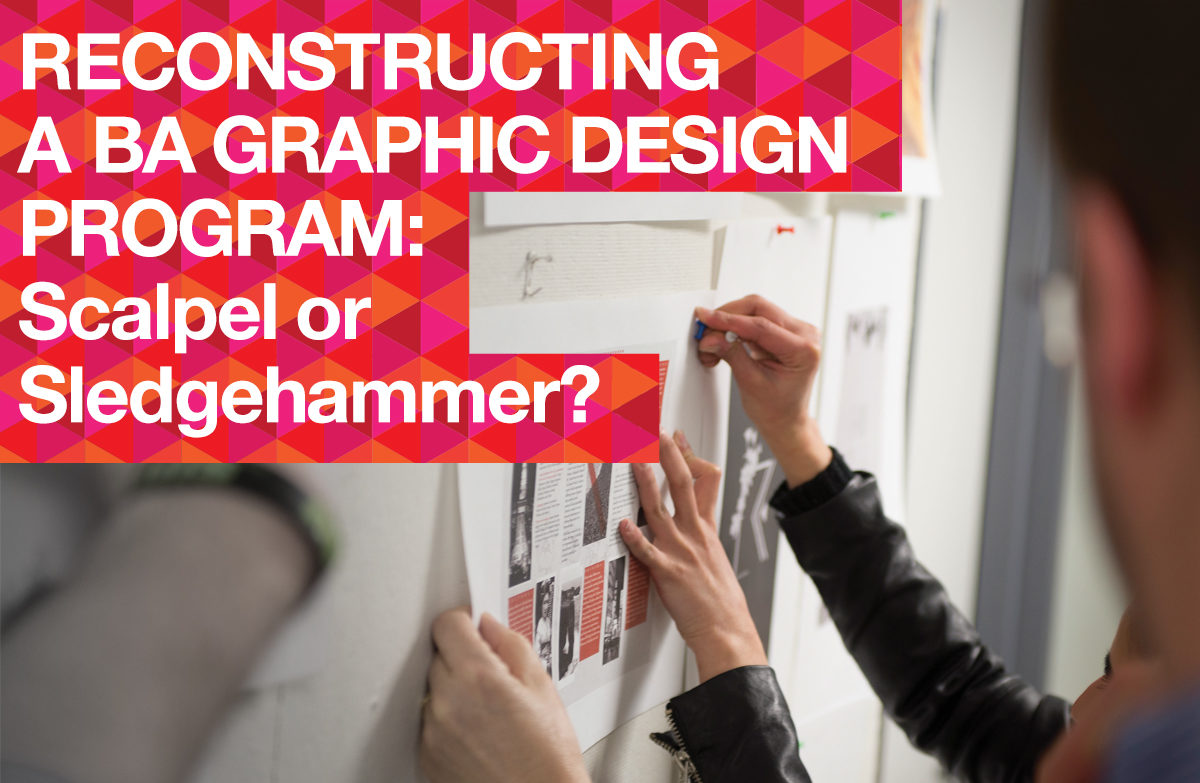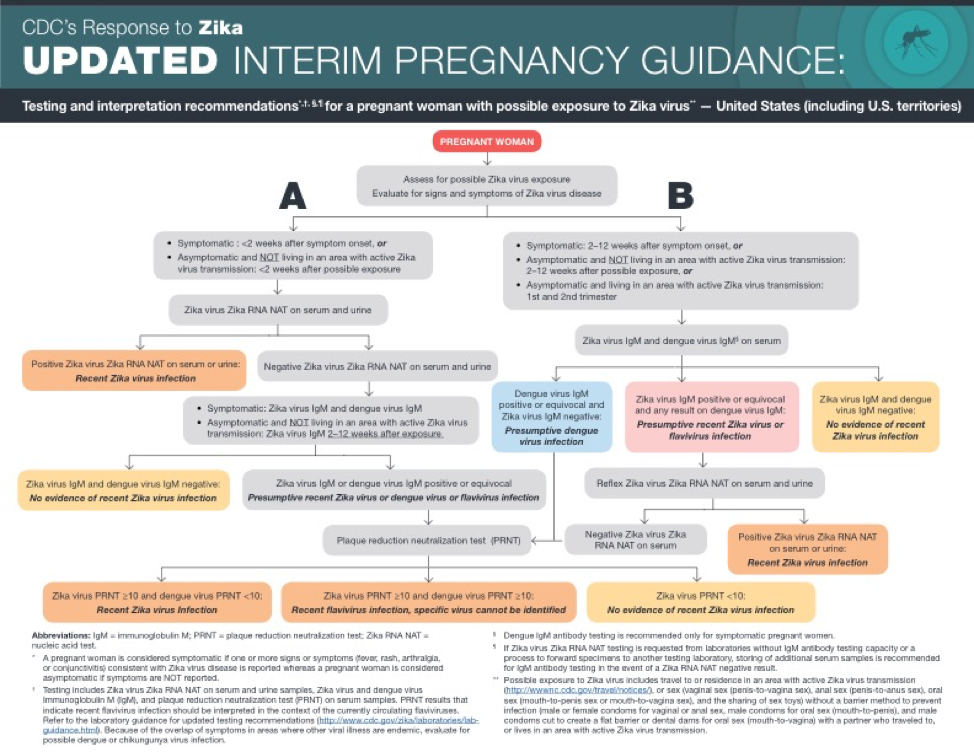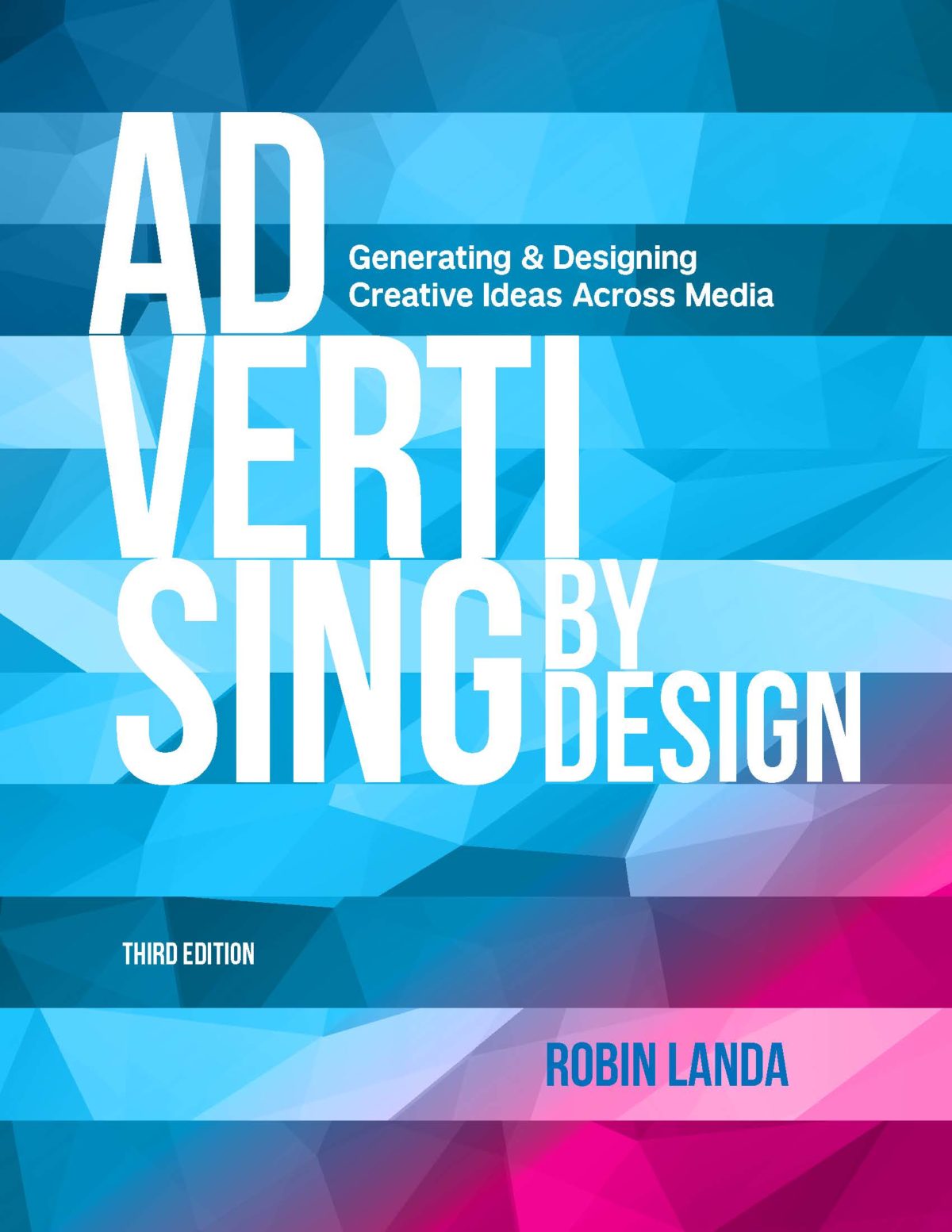Teaching Award Runner-up
Warren Lehrer
Professor
School of Art+Design, Purchase College, SUNY
Founding Faculty Member, SVA (School of Visual Arts) Designer as Author Graduate Program”
For two years in a row, the White Plains BID (Business Improvement District) asked me and my Community Design class at Purchase College, SUNY to “improve the visual appearance of vacant storefronts in downtown White Plains and thereby enhance the ambiance and pedestrian experience in the downtown business district.”
Community Design is a senior level graphic design class that serves the campus and non-profit communities while providing students with “real” projects that interrogate ideas of community, civic engagement, and an expanded role of the designer. The class functions as a design studio that works on multiple projects of different kinds, scales and media with a variety of clients/collaborators. In the fall of 2015, the Storefront project was one of 11 projects. In 2016, it was one of 6.
In year one of the Storefront project, the students and I reframed “the brief” to go beyond “aesthetic enhancement” of the vacant storefronts, by creating works of visual poetry that reflect the conditions of downtown White Plains and the people who inhabit it. As the class had ten other projects on its plate that semester, and the course is not a writing course (I also teach a elective writing course for designers), we brought in Judith Sloan to write poetry for the project. (Judith is my partner in EarSay, a non-profit arts organization dedicated to uncovering and portraying stories of the uncelebrated.) After researching White Plains and interviewing residents, commuters, historians and city officials, Judith wrote five poems that left room for visual interpretation by students.
Each student in the Storefront team did their own primary and secondary research on nearby White Plains and selected a poem or poems they were interested in. From the 20% commercial vacancy stock, students picked storefronts they thought most suitable for their selected poem(s) and began visualizing them within the frame of the storefront using typography as well as shape, color, texture, image, sequence, metaphor. The student’s interpretive “performance” of a text into a space was influenced by the store’s configuration, number of windows, and proximity to other landmarks (train station, bookstore, other vacant spaces, etc). Invariably, the design student’s re-composition of the poem necessitated consultation with the poet, sometimes culminating in collaborative re-writes. This fluid collaboration/negotiation between designer and writer, the whole creative team and the BID/property owners, and with materials and vendors—helped catapult the project beyond a normal class assignment or traditional designer/client relationship. The resulting transformation of a blighted area into an activated public space fusing poetry and art was an enlarging and successful experience for everyone involved. The windows stimulated conversation, enchantment and change in the community. Half the stores utilized in year one have since rented, the commercial vacancy rate is down to 17%, and the White Plains BID approached me to do the project again—with an expanded budget—for a second and now third year. In year two of the project, we expanded the media beyond printed vinyls and lenticulars, to include laser cutting, digital monitors and projections.
LehrerWhite Plains Storefront Project
Warren Lehrer is a designer, writer, and educator known as a pioneer of visual literature and design authorship. Awards include: Center for Book Arts Honoree, the Brendan Gill Prize, the Innovative Use of Archives Award, three AIGA Book Awards, a Media That Matters Award. Grants/fellowships include: NEA, NYSCA, NYFA, Rockefeller, Ford, Greenwall Foundations. Collections include: MoMA, the Getty Museum, Georges Pompidou Centre, Tate Gallery. With Judith Sloan, Lehrer co-founded EarSay, an arts organization dedicated to portraying lives of the uncelebrated. Lehrer is also a playwright, performer, and frequent lecturer and keynote speaker. He is a full professor at Purchase College, SUNY, and a founding faculty member of the Designer as Author grad program at SVA. His recent illuminated novel, A LIFE IN BOOKS, has received nine awards, including the International Book Award for Best New Fiction, the IPPY Outstanding Book of the Year Award, and a Print Magazine Design Award.
Recipient of recognition in the Design Incubation Communication Design Awards 2017.




